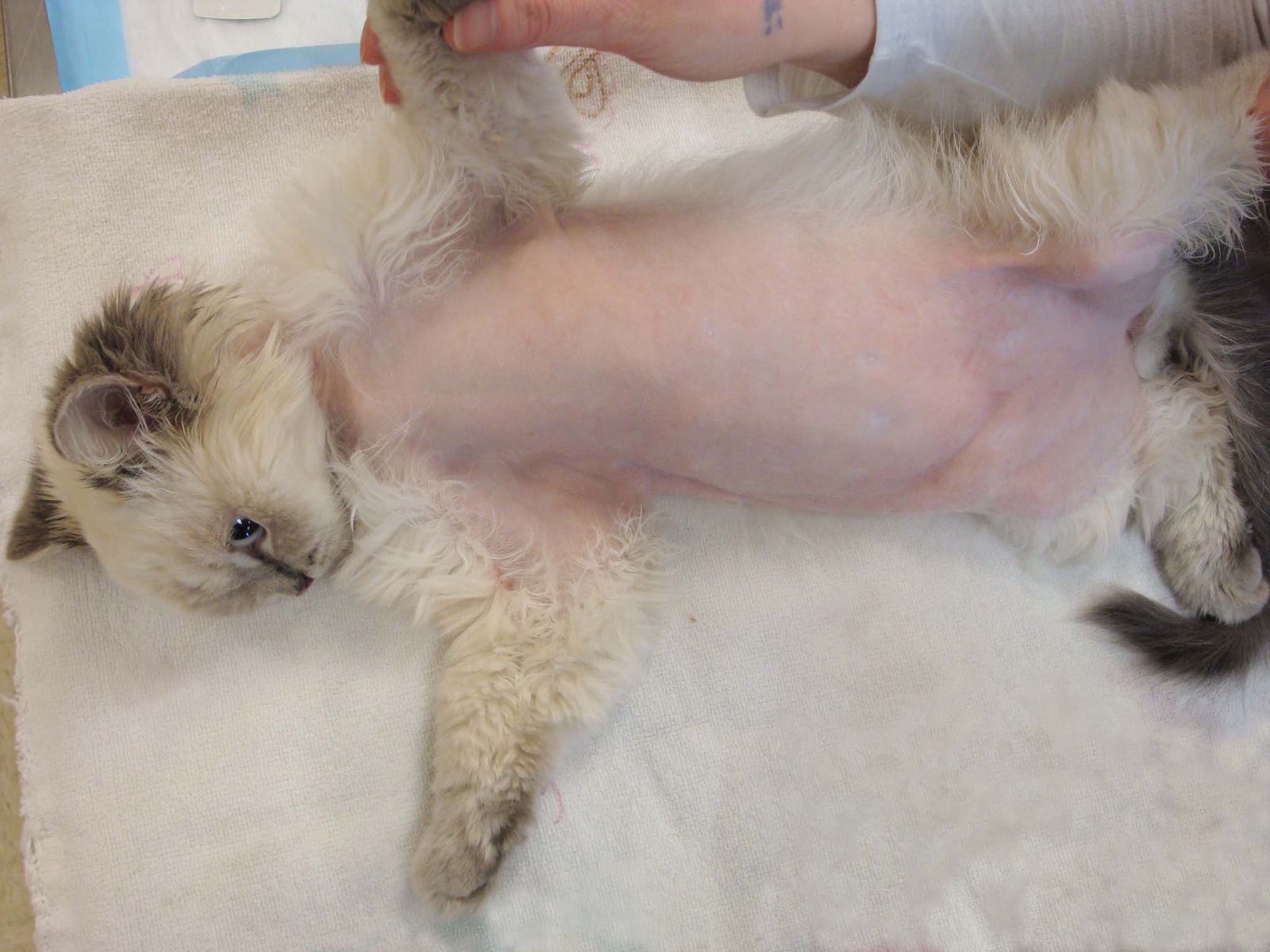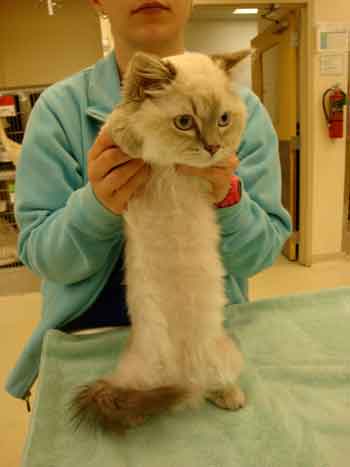We all got mites!
Mites are specific to mammals, for cats it is demodex gatoi and demodex cati. Dogs have a different mite, demodex canis.Humans have mites that live on their faces. You read that correctly…we have mites on our face. Demodex folliculorum and d. brevis are two species specific to humans and live on humans alone.
Demodex is derived from the Greek words ‘demo’ meaning lard and ‘dex’ meaning boring worm. The worm that bores into fat. But not to worry, these mites stay on the surface of our bodies, not bore into them. Whew!
Why Are Jerky Treats Making Pets Sick?
The Food and Drug Administration continues their investigation to uncover the cause for dogs and cats becoming ill after eating jerky pet treats. Since 2007 the FDA has received a large number of reports from consumers involving 3,600 and 10 cats in the United States. Approximately 580 of those pets have died.
The FDA’s Center for Veterinary Medicine has conducted more than 1,200 diagnostic tests, visited jerky pet treat manufacturers in China and worked closely with colleagues in academia, industry, state labs and foreign governments. The majority of the suspected jerky treats have come from China with reports of some from the United States. Although U.S. pet food manufacturers are not required by law to state the country of origin for each ingredient in their products.
Within hours of eating treats sold as jerky tenders or strips made of chicken, duck, sweet potatoes and/or dried fruit, some pets have exhibited decreased appetite, decreased activity, vomiting, diarrhea (sometimes with blood or mucus), increased water consumption, and/or increased urination.
Severe cases have involved kidney failure and gastrointestinal bleeding.. About 60 percent of cases involved gastrointestinal illness, and about 30 percent involved kidney and urinary systems.
The remaining cases reported various symptoms, such as collapse, convulsions or skin issues.
In January 2013 a number of jerky treats were removed from the market when a study conducted by the New York State Department of Agriculture and Marketing detected low levels of antibiotic residues in those products. FDA believes that the low availability of the treats affected the fewer problems being reported, yet pet owners are still reporting of pets’ illnesses from jerky treats.
FDA continues to caution pet owners that jerky pet treats are not required for a balanced diet. The agency encourages pet owners to consult with their veterinarian prior to feeding treats and if they notice symptoms in their pets.
Source: Food and Drug Administration



